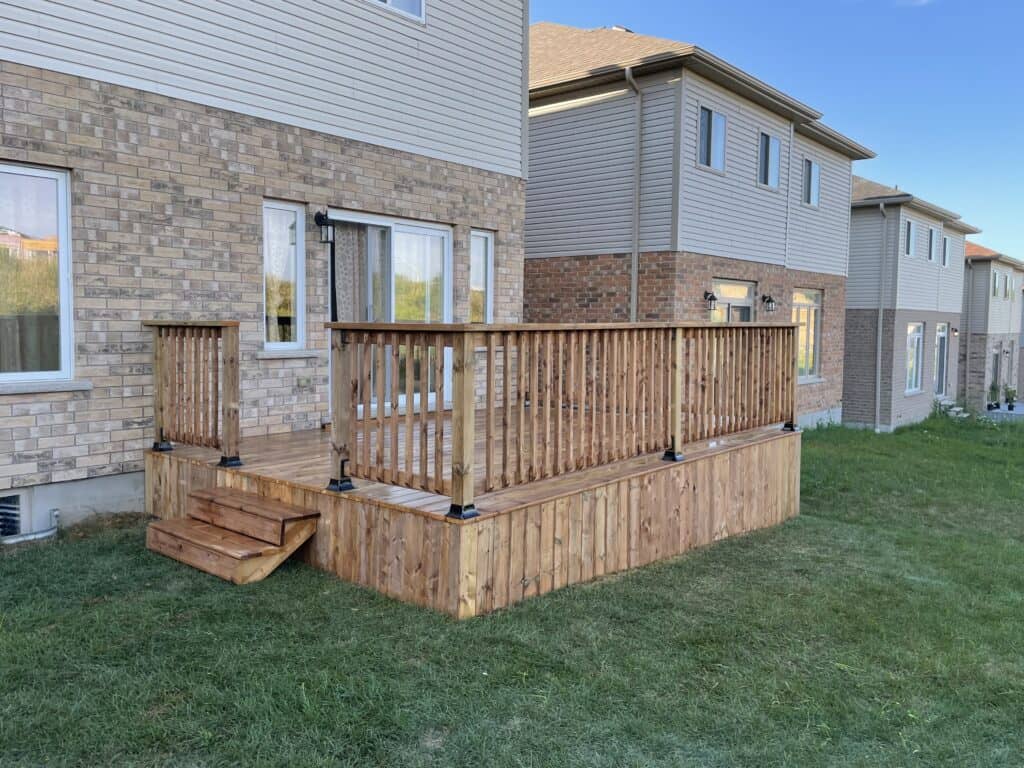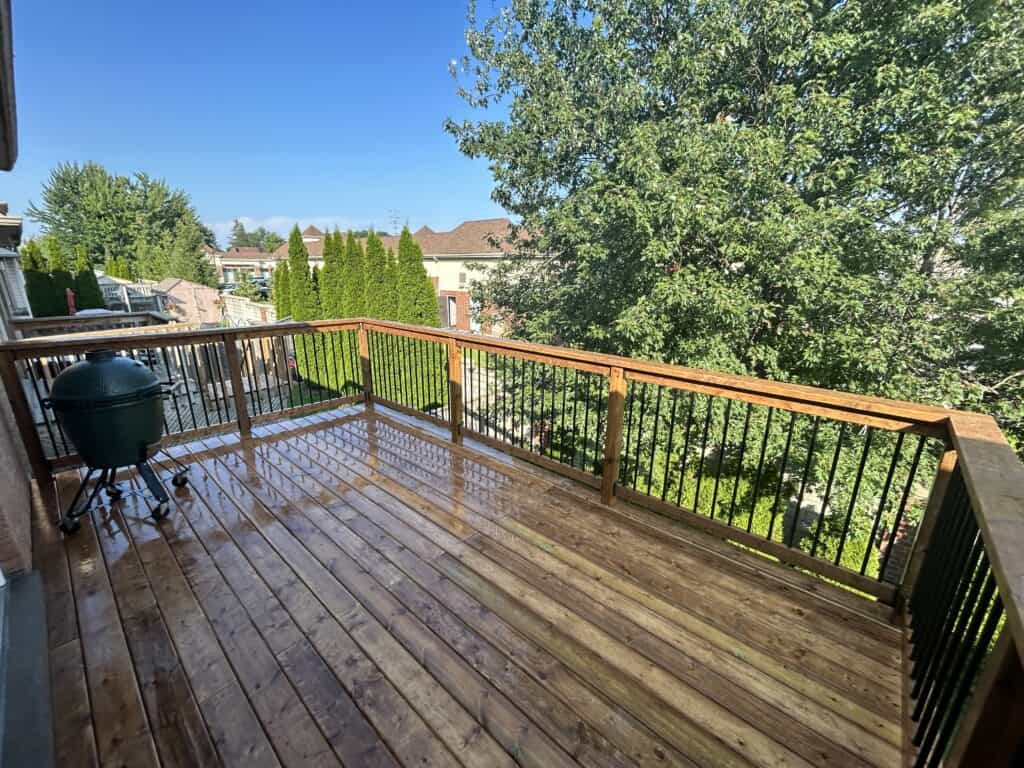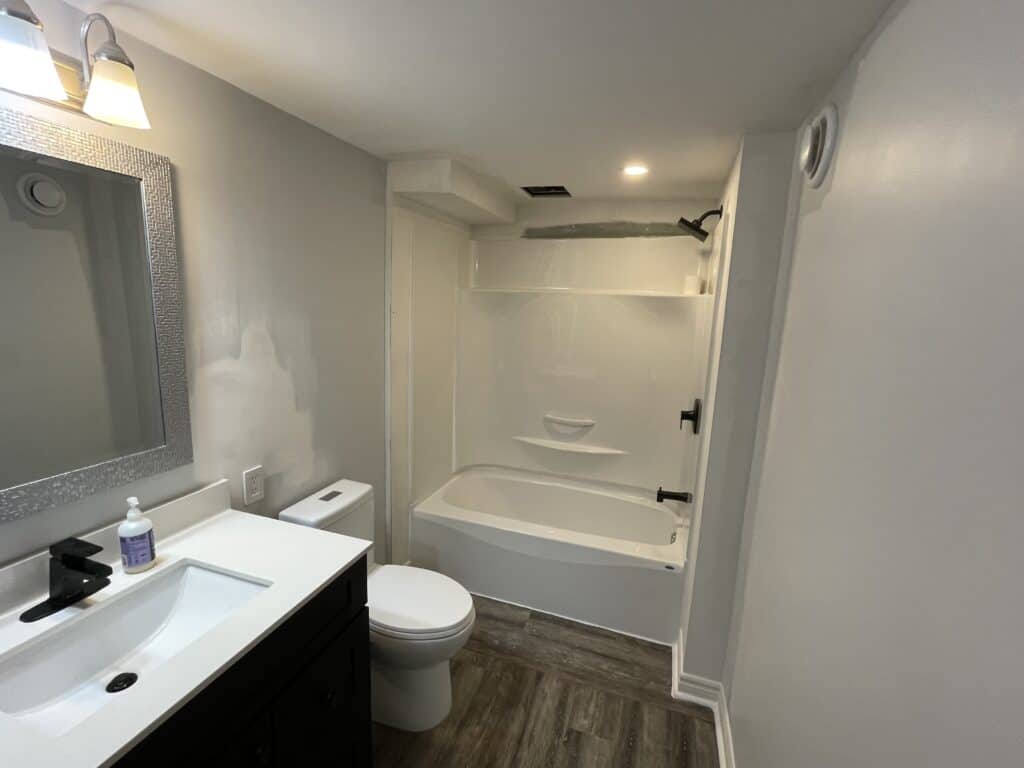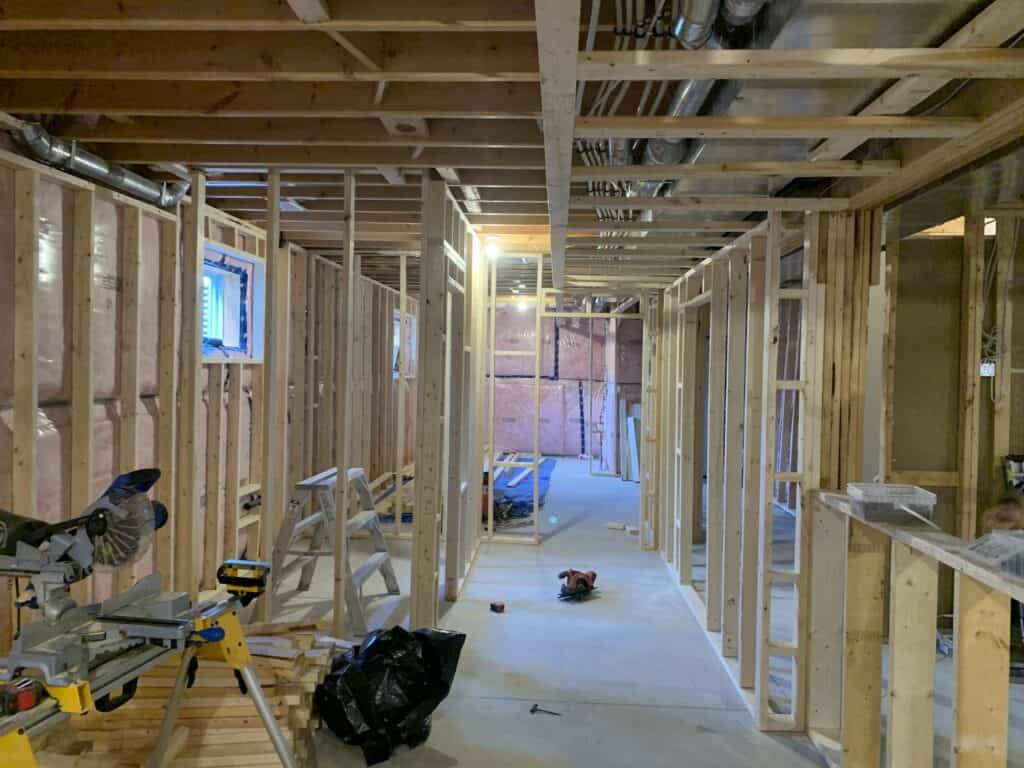Pressure-treated wood has been a go-to choice for deck construction for decades, and for good reason. It offers a balance between affordability, durability, and a classic look. If you’re considering pressure-treated wood for your deck project, it’s essential to understand both its benefits and potential drawbacks. In this article, we’ll explore the pros and cons of using pressure-treated wood for decks to help you make an informed decision.
Pros of Pressure-Treated Wood:
1. Cost-Effective:
Pressure-treated wood is generally more budget-friendly compared to many alternative decking materials. This affordability makes it an attractive option for homeowners seeking to create a quality deck without breaking the bank.
2. Decent Durability:
Pressure-treated wood undergoes a treatment process that makes it resistant to rot, decay, and insect infestations. When maintained properly, a pressure-treated deck can last for many years.
3. Natural Aesthetic:
If you appreciate the warm and timeless look of natural wood, pressure-treated wood can provide that classic appeal. It can be stained or painted to achieve a wide range of colors and styles, allowing you to personalize your deck’s appearance.
4. Availability and Ease of Installation:
Pressure-treated wood is readily available at most lumberyards and home improvement stores. It’s also relatively easy to work with, making it a popular choice for DIY enthusiasts.
5. Environmentally Considerate Options:
In recent years, eco-friendly variations of pressure-treated wood have become available. These use safer treatment methods, such as using copper compounds instead of harmful chemicals, making them a more environmentally conscious choice.
Cons of Pressure-Treated Wood:
1. Regular Maintenance Required:
One of the main drawbacks of pressure-treated wood is its need for regular maintenance. To prevent warping, cracking, and discoloration, pressure-treated decks should be sealed, stained, or painted every few years. Without proper care, the wood can deteriorate faster.
2. Potential for Splinters:
Over time, pressure-treated wood can develop splinters, which might be a concern if you have children or plan on walking barefoot on the deck.
3. Color Fading:
Pressure-treated wood tends to gray over time due to exposure to sunlight and the elements. While some homeowners find this weathered look charming, others might prefer a more consistent color.
4. Chemical Treatment:
The chemicals used in the pressure treatment process can raise concerns for some individuals, especially if you’re looking to create an eco-friendly or chemical-free living space. However, as mentioned earlier, there are now more environmentally conscious treatment options available.
5. Limited Lifespan Compared to Some Alternatives:
While pressure-treated wood can last for many years, it might not have the same lifespan as certain other decking materials like composite or tropical hardwoods.
6. Potential for Warping and Splitting:
Pressure-treated wood can still be susceptible to warping, splitting, and cupping, especially if not properly maintained or if exposed to extreme weather conditions.
In conclusion, pressure-treated wood offers an economical and visually appealing choice for building decks. While it has its advantages, such as affordability and a natural look, it’s essential to weigh them against the potential drawbacks, such as regular maintenance requirements and the use of chemicals in the treatment process. Before making your decision, consider your budget, aesthetic preferences, willingness to maintain your deck, and your long-term expectations for your outdoor space. With the right care, a pressure-treated wood deck can provide a comfortable and inviting outdoor living area for years to come.



